Creeptober Night 11: Scream (1996)
“Movies don’t create psychos, movies make psychos more creative.”
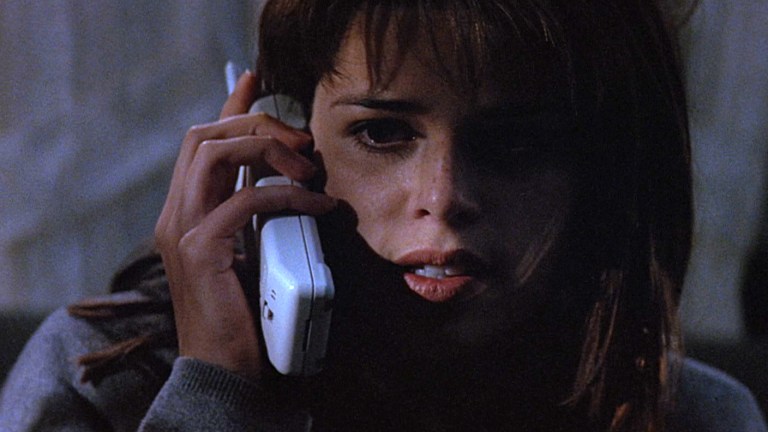
Table of Contents
If you’re reading this, then you’ve probably seen Scream. And I’m not just talking about watching it for the Creeptober marathon. I mean you’ve probably seen it at least once in the nearly 29 (!) years since its release. If you’re like me, you’ve seen it a bunch of times. So Scream doesn’t need some big introduction. Let’s just get to the reaction.
Reacting to Scream
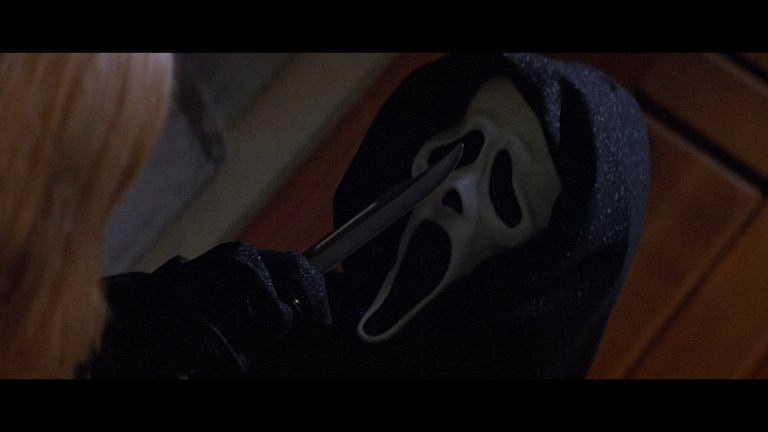
I don’t watch Scream every year, but it’s in my rotation of horror movies that I’ll revisit often. It’s one of the most important films in horror cinema, but that’s not why I enjoy it so much. I watch it repeatedly because of its importance to me as a horror fan.
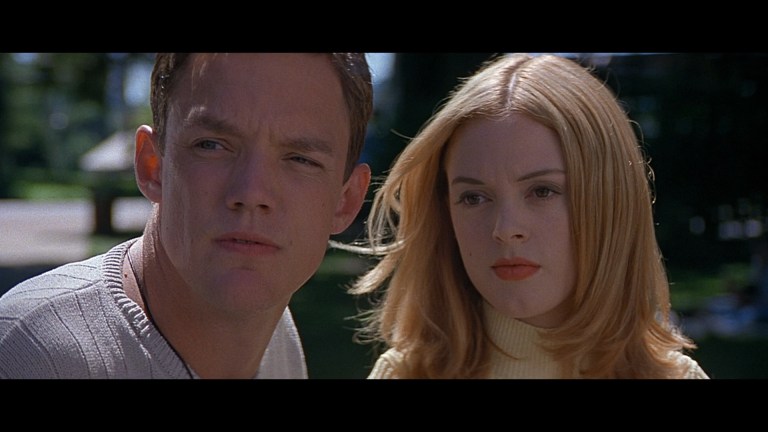
Scream came out at a time when I was just slightly younger than the characters in the movie. I was already a big horror fan by then, but Scream was one of those pivotal movies that came out at exactly the right time for an impressionable teen like myself. And no, I don’t mean “impressionable” in the sense of seeing something in a horror film and feeling like I could emulate the characters. Even as a teenager I knew that, like Billy says in the movie, “movies don’t make psychos.”
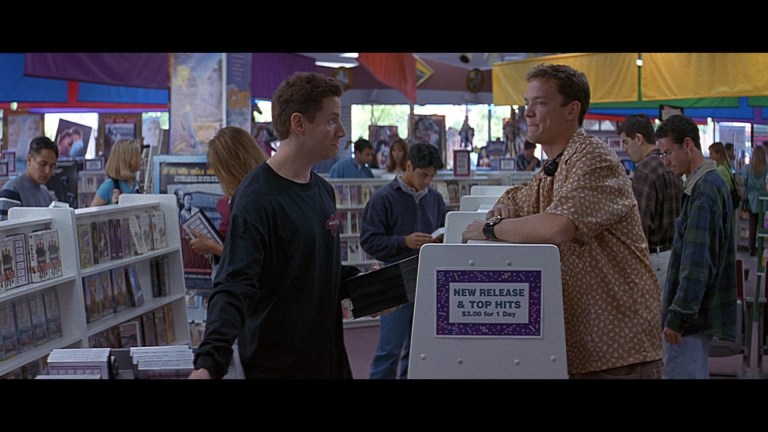
What I mean is that Scream means a lot to me because it’s an incredibly well-made movie about teens that came out when I was about the same age. It was a movie that felt like it was speaking to me (at the time, I totally identified with Randy). I understood all the references, and I felt connected to the story and characters. I also credit Scream with helping to shape my taste in horror in certain ways.
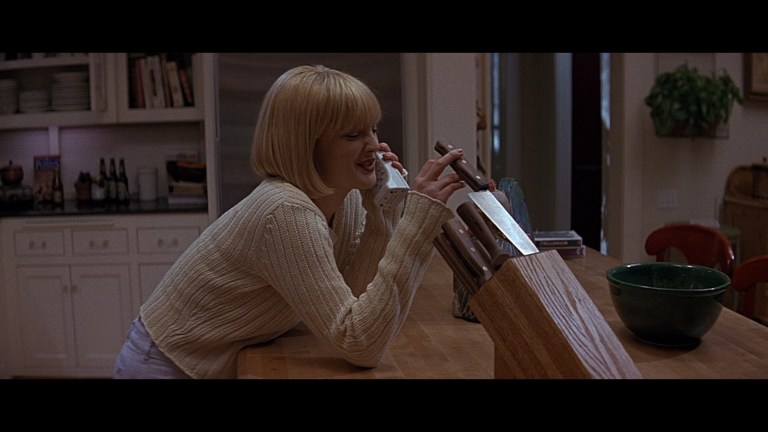
For example, I feel like this first Scream movie has the perfect blending of meta commentary, comedy, and horror. Some people refer to Scream as a horror-comedy, but that is incorrect. It is a horror movie with comedic moments, but it is not a horror-comedy. The funny parts generally come from realistic banter between the teens. There are other funny moments like Dewey with his ice cream cone and Wes Craven’s cameo as Fred the janitor, but those don’t make the movie a comedy.
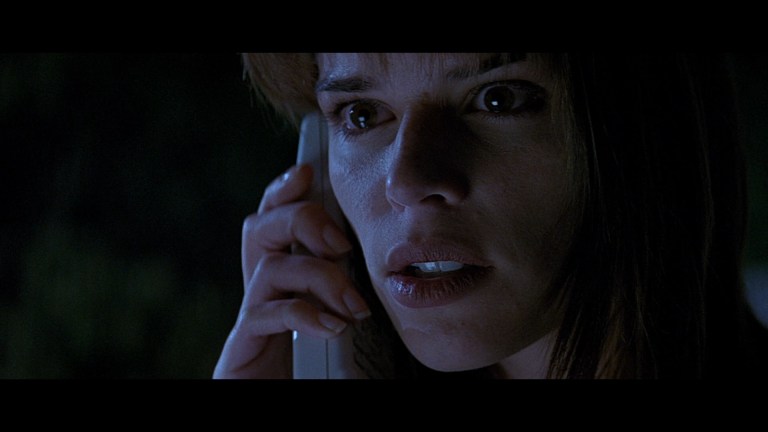
The horror takes precedence, and the lighter moments help highlight the gravity of the horror. That’s something that I think a lot of people dismiss or underestimate. Comedy doesn’t always undercut horror or drama. It can enhance it. But, to be fair, many directors don’t get the balance right. Wes Craven does, at least in this film.
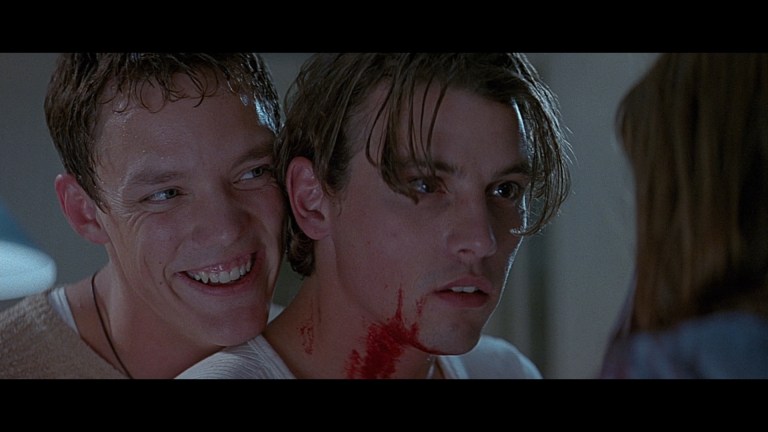
Many times when I revisit Scream I’ll just watch the movie as normal. For this Creeptober viewing I decided to watch it with the commentary track by Wes Craven and Kevin Williamson. That’s nostalgic for me because this was the first commentary track I ever listened to. Scream was among the first DVDs I ever bought, and it was the very first movie I decided to watch with commentary. I’m glad I did, because Wes Craven was one of the best directors to listen to talk about his own work. He’s humble and laid back, but also very informative in a way that’s not just relaying a list of facts for an hour and a half.
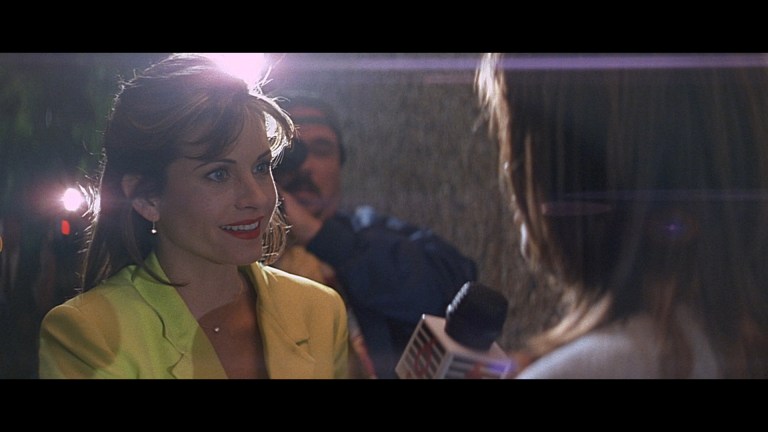
I miss being able to look forward to a new Wes Craven movie. I don’t know if Scream is his peak as a director. There are a handful of other movies in that debate, but Scream is definitely a strong contender. I feel like I’m beginning to ramble now, so I’ll stop. I’ll end by saying that I’m sure it won’t be long before I watch Scream again.
Scream Trivia
We already have an in-depth look into Easter eggs and trivia in the scream franchise, so I will point you to that article for most of today’s trivia. Here are a few other things I was reminded of while watching the movie with the Craven and Williamson commentary track.

Sidney’s home address is 34 Elm Street. The address would have been revealed during the scene when Sid uses her computer to contact 911, but they cut away from the screen before she types it in. The Elm Street address is in the original script (at least, it’s in the one published for sale after the movie was released).
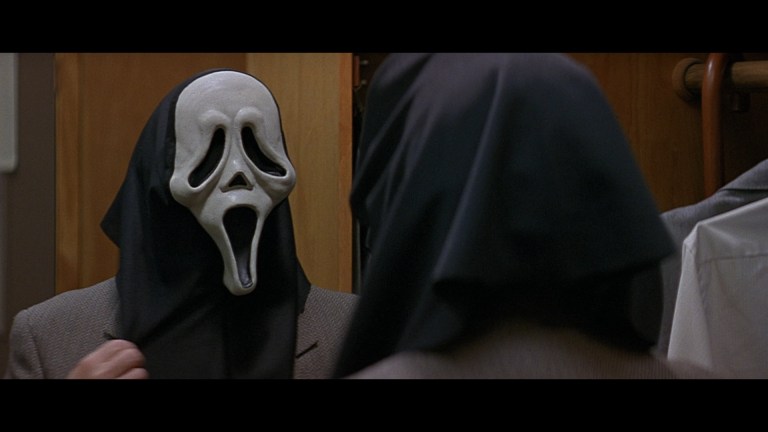
Wes Craven said that they found the Ghostface mask inside one of the houses they were looking at while scouting locations.
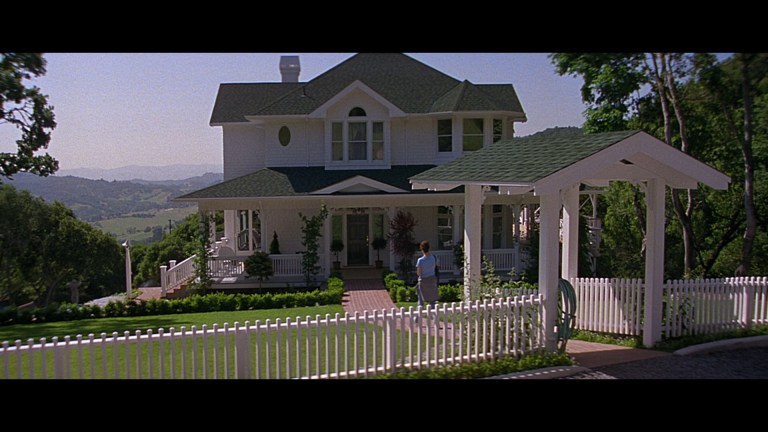
The idea of Sidney’s bedroom door being blocked by her closet door came from Kevin Williamson’s childhood home where he had the same door-blocking setup. Craven said that finding a house with that exact door situation was difficult.
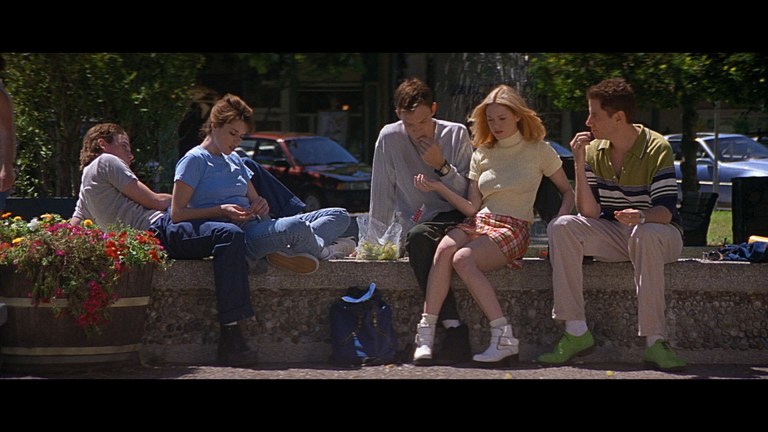
The long, seamless shot that occurs the first time we see the high school was done by having a cameraman with a Steadicam standing on a crane. The crane started high, then when it reached the ground that cameraman stepped off and followed Neve Campbell as she walked in front of the school.
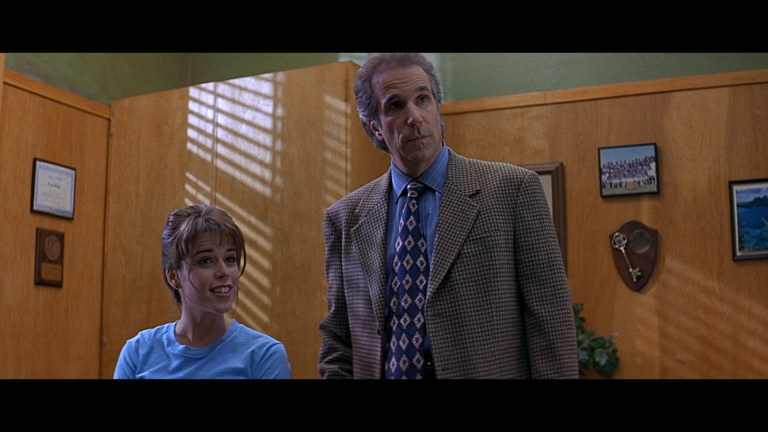
The death of Principal Himbry was added because producer Bob Weinstein complained that there were no kills for a long time in the middle of the movie. Kevin Williamson noted that the addition of the kill gave him an easy excuse for getting rid of all the extraneous teens during the party scene when they leave to go see the body.
